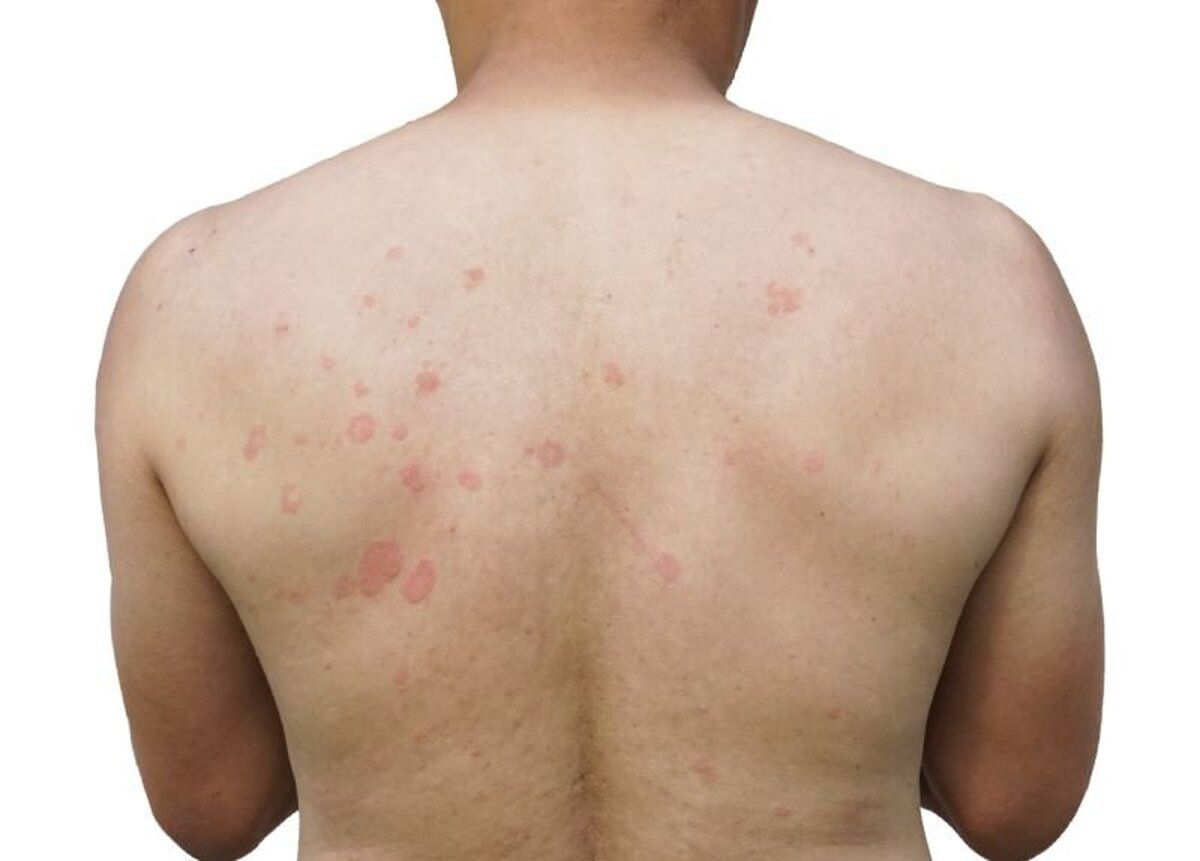
Eosinophilic cellulitis, also known as Wells' syndrome, is a rare skin condition that can puzzle many. It often starts with itchy, red patches that can turn into painful, swollen areas. These patches might look like infections but aren't caused by bacteria. Instead, the body's immune system mistakenly attacks its own tissues, leading to inflammation. This condition can affect anyone, but it's more common in adults. Eosinophilic cellulitis can be triggered by various factors, including insect bites, infections, or even certain medications. Understanding this condition is crucial for proper diagnosis and treatment. Let's dive into 20 facts that will help you grasp the essentials of eosinophilic cellulitis.
What is Eosinophilic Cellulitis?
Eosinophilic Cellulitis, also known as Wells' syndrome, is a rare skin condition characterized by itchy, red, and swollen patches. It can be confusing and alarming, so let's break it down with some interesting facts.
-
Eosinophilic Cellulitis was first described by Dr. George Wells in 1971. This condition is named after him due to his pioneering work in identifying and describing its symptoms.
-
The exact cause of Eosinophilic Cellulitis remains unknown. While the precise trigger is still a mystery, some researchers believe it might be linked to allergic reactions or immune system malfunctions.
Symptoms and Diagnosis
Understanding the symptoms and how doctors diagnose this condition can help in managing it better.
-
Common symptoms include red, swollen patches on the skin. These patches can be itchy and sometimes painful, making daily activities uncomfortable.
-
Eosinophilic Cellulitis can mimic other skin conditions. Because of its similarity to other skin issues like eczema or infections, it often requires a biopsy for accurate diagnosis.
-
A skin biopsy is crucial for diagnosis. During this procedure, a small sample of the affected skin is examined under a microscope to look for eosinophils, a type of white blood cell.
Treatment Options
Once diagnosed, various treatment options can help manage the symptoms and improve quality of life.
-
Topical steroids are commonly prescribed. These creams or ointments help reduce inflammation and itching.
-
Oral corticosteroids may be necessary for severe cases. When topical treatments aren't enough, doctors might prescribe oral steroids to control the symptoms more effectively.
-
Antihistamines can help with itching. These medications are often used to relieve the intense itching associated with Eosinophilic Cellulitis.
Potential Triggers
Identifying potential triggers can be key to preventing flare-ups.
-
Insect bites are a known trigger. Some patients report that their symptoms began after being bitten by insects like mosquitoes or spiders.
-
Certain medications might trigger the condition. In rare cases, drugs such as antibiotics or painkillers have been linked to the onset of Eosinophilic Cellulitis.
-
Infections can also be a trigger. Bacterial or viral infections might provoke an immune response that leads to this skin condition.
Who is at Risk?
Knowing who is more likely to develop Eosinophilic Cellulitis can help in early detection and management.
-
It can affect people of all ages. While it can occur at any age, it is most commonly seen in adults.
-
Both men and women are equally affected. There is no significant gender predisposition for this condition.
-
Individuals with a history of allergies might be at higher risk. Those with allergic conditions like asthma or hay fever may be more susceptible.
Prognosis and Long-term Outlook
Understanding the long-term outlook can provide reassurance and help in planning for the future.
-
Eosinophilic Cellulitis is usually not life-threatening. While it can be uncomfortable and persistent, it typically does not pose a serious health risk.
-
The condition can recur. Many patients experience flare-ups even after successful treatment, making ongoing management important.
-
Lifestyle changes can help manage symptoms. Avoiding known triggers, maintaining good skin care, and following medical advice can reduce the frequency and severity of flare-ups.
Research and Future Directions
Ongoing research aims to better understand and treat Eosinophilic Cellulitis.
-
New treatments are being explored. Researchers are investigating alternative therapies, including immunosuppressive drugs and biologics, to find more effective treatments.
-
Genetic factors are being studied. Scientists are looking into whether genetic predispositions might play a role in the development of this condition.
-
Patient support groups can provide valuable resources. Connecting with others who have Eosinophilic Cellulitis can offer emotional support and practical advice for managing the condition.
Final Thoughts on Eosinophilic Cellulitis
Eosinophilic cellulitis, also known as Wells syndrome, is a rare skin condition marked by itchy, red, and swollen patches. These patches often resemble infections but are actually caused by an overactive immune response. While the exact cause remains unclear, triggers like insect bites, medications, or infections can set off flare-ups. Diagnosis usually involves a skin biopsy to rule out other conditions. Treatment often includes corticosteroids to reduce inflammation and itching. Although it can be chronic, many people manage symptoms effectively with proper medical care. Awareness and understanding of this condition can lead to better management and improved quality of life for those affected. If you suspect you have eosinophilic cellulitis, consult a healthcare provider for accurate diagnosis and treatment options. Stay informed and proactive in your health journey.
Was this page helpful?
Our commitment to delivering trustworthy and engaging content is at the heart of what we do. Each fact on our site is contributed by real users like you, bringing a wealth of diverse insights and information. To ensure the highest standards of accuracy and reliability, our dedicated editors meticulously review each submission. This process guarantees that the facts we share are not only fascinating but also credible. Trust in our commitment to quality and authenticity as you explore and learn with us.


